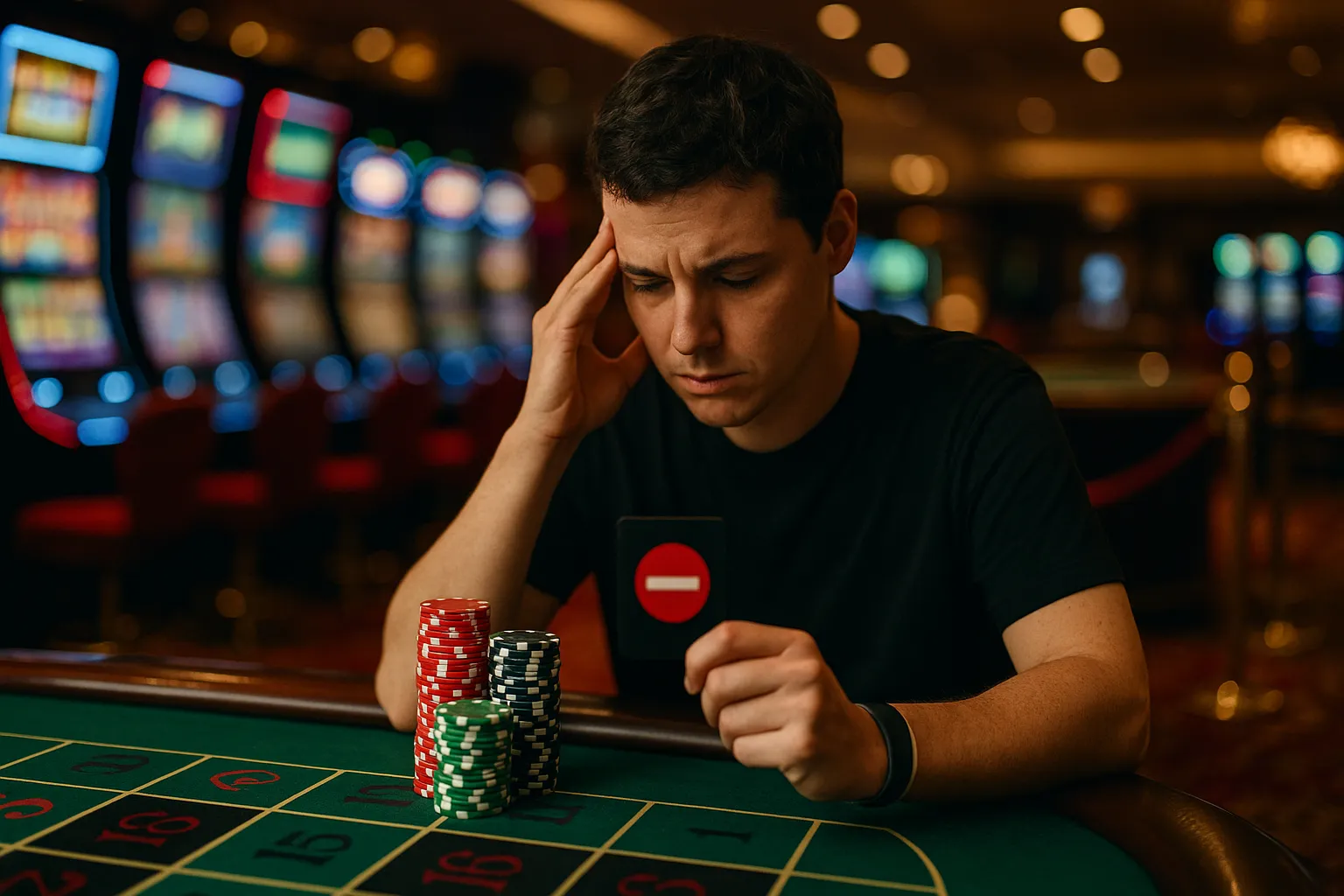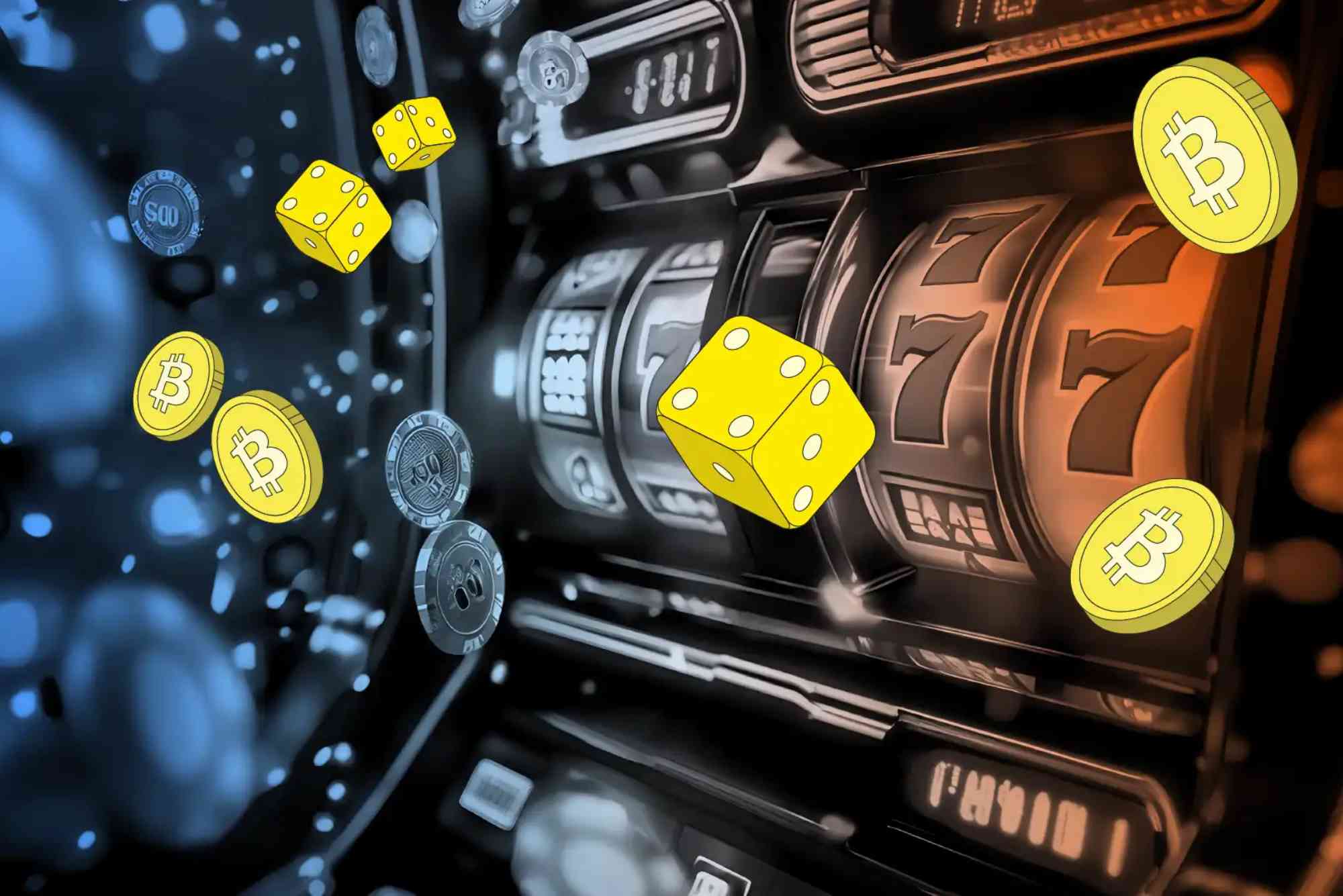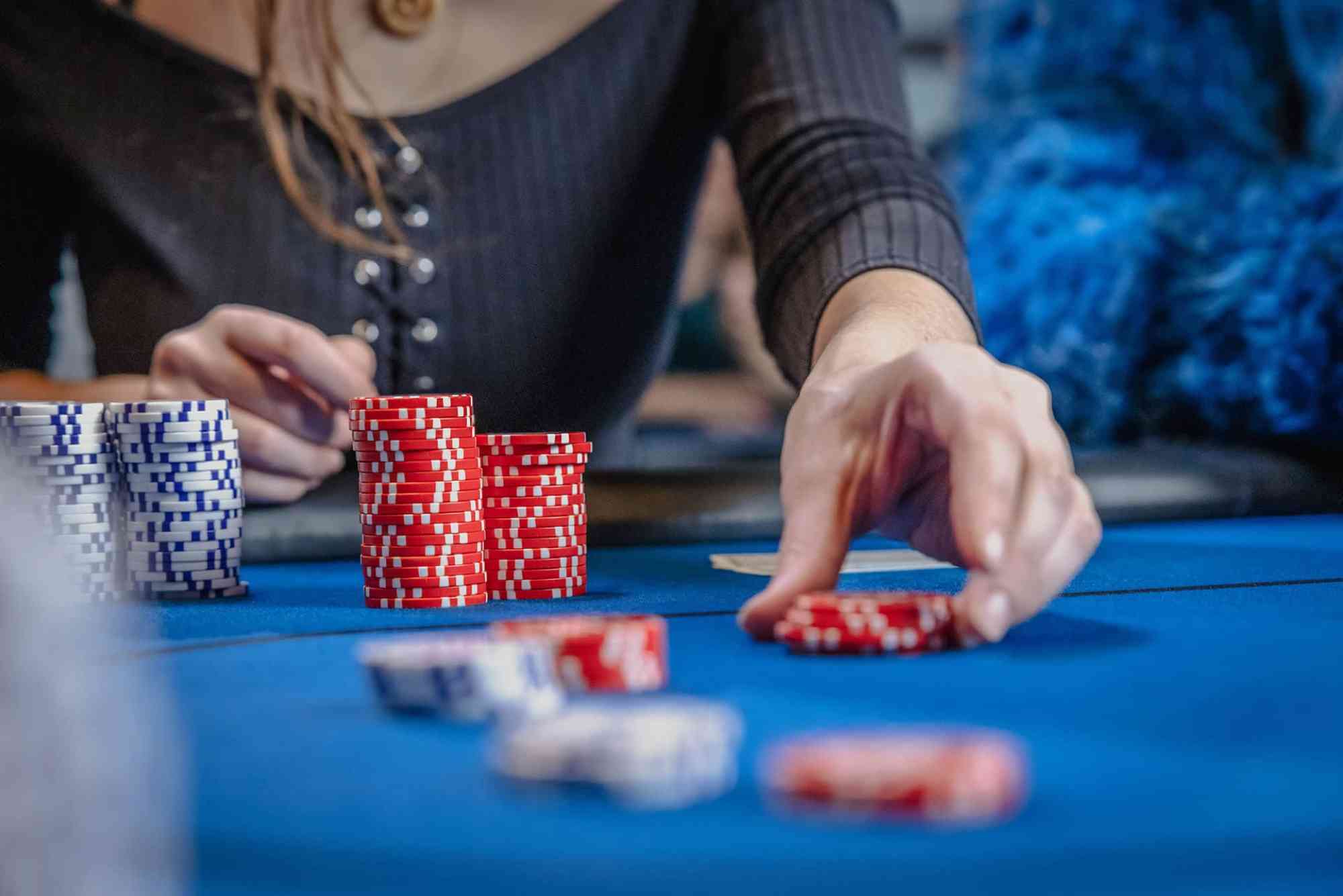RTP is the first number most of us scan when a new slot drops. I’ve done it for years—scroll the info panel, spot “96.2%,” nod approvingly, and click spin. But after enough sessions where a 97% game ate my bankroll faster than a 94% “budget” slot, I stopped treating RTP as gospel. It’s useful, yes. Definitive? Not even close.
Let’s dig into what RTP really represents, why it misleads casual players, and the other levers—volatility, hit rate, max exposure, feature cadence—that actually shape your session. I’ll also touch on the particular quirks of playing at non GamStop casinos (link used once, right here) because rulebooks and self-exclusion frameworks can change how you evaluate risk and reward.
What RTP Really Measures (and Why It’s So Misunderstood)
Return to Player is a long-term average. Think millions of simulated spins, not your Saturday night 200-spin binge. If a slot advertises 96% RTP, it means that—over an absurdly large sample—£96 of every £100 wagered is returned as prizes. That’s comforting math, but it says nothing about when that £96 comes back. You could be the unlucky soul feeding the 4% house edge for hours before someone else hits the bonus that “balances” the stats.
The Hidden Layers Behind the Percentage
Developers can deliver the same RTP in wildly different ways. One slot might pepper you with mini-wins every third spin, another might dead-spin 40 times then blast a 5,000x feature. Both average out, but they feel nothing alike. When I track sessions, I care more about “time on device per £100” than the slit decimal between 96.2% and 95.8%.
Why RTP Can’t Pick Your Slot by Itself
Here’s the trap: you open two games, one 97%, one 95.5%, and automatically pick the former. I’ve done the experiment—logging spins, bet sizes, features triggered—and the “lower” game often gave me longer playtime because its volatility curve matched my budget and mindset better that day.
Volatility Is the Real Personality Test
Volatility (or variance) dictates how bumpy the ride is. High-volatility slots hoard RTP in rare, colossal hits. Low-volatility games dribble it back in frequent crumbs. Matching volatility to your bankroll and patience is essential. Small budget, short session? Don’t chase 50,000x games—they’re designed to starve you first.
Hit Frequency and Feature Frequency Matter
Hit frequency tells you how often any win lands, but it’s not standardized across studios. Feature frequency (how often the bonus triggers) is even less transparent. If a slot’s bonus fires every 120 spins on average, you need the bankroll to survive that drought. That number isn’t in the splash screen—you either test or find reviewers who data-log.
Max Exposure and Pay Distribution
A 10,000x max win looks sexy, but ask: how much of the RTP is locked behind that unicorn? Some slots allocate a chunk of their return to rare events, leaving the base game anaemic. Others cap at 2,000x but sprinkle medium hits more generously. Decide what thrills you—life-changing spikes or steady amplification—and pick accordingly.
The Studio’s Style: Know Who You’re Playing
After a while, you recognize patterns. Play’n GO loves medium-high volatility with brutal base games; Pragmatic often pumps frequent teases; Nolimit City pushes extreme variance with mechanics that can either nuke or moon your balance. When a new title drops, I don’t just check RTP—I ask which studio made it and what their design DNA is.
RTP Ranges & “Configurable” Versions
Many slots ship with multiple RTP settings (say 96.1%, 94%, 92%). Operators choose which to host. That’s why you see forums warning, “Check the info panel—this game can be nerfed.” RTP alone isn’t enough; you must confirm you’re getting the top configuration, especially off the UKGC grid where standards vary.
Bankroll Shape, Bet Size, and Session Goal
Even a perfect slot for your taste will punish sloppy bankroll tactics. I budget sessions in “feature units,” not pounds: if I think a bonus will drop every ~150 spins and I’m betting £0.40, I want 200–250 spins funded to see at least one feature. If I can’t afford that, I either cut my stake or choose a slot with a cheaper bonus buy (where legal) or higher base-game hit rate.
Session Goals Change the Math
Are you hunting a single big hit, or do you want two hours of entertainment on £50? If it’s the latter, a low-medium volatility 95.5% slot might outshine a brutal 97% screamer. Context beats percentage.
Psychology, Enjoyment, and “Stickiness”
Here’s the part most RTP chasers forget: if a game’s theme, soundtrack, and mechanics bore you, you’ll tilt, raise stakes impulsively, and burn through your budget. The most profitable sessions I’ve had were on slots I genuinely enjoyed grinding. Enjoyment extends patience; patience lets the math catch up.
Feature Design and Player Agency
Slots with interactive bonuses (picking, gambles, progressive upgrades) keep you engaged. Ones with dead-air free spins can feel like a tax. Again, same RTP, very different real experience.
Data You Can Track (Without Becoming a Spreadsheet Goblin)
When I test a new slot, I note:
Spins until first feature
Average return of base-game hits
Bonus average vs stake
Longest dead streak
Stake size adjustments and emotional triggers
I log a few sessions, then decide if it’s a keeper. This minimal data beats blindly trusting one shiny percentage.
Special Note on Playing at non-UK Platforms
If you venture to non-regulated or lightly regulated sites, including some non GamStop casinos, understand the safety net is thinner. Withdrawal policies, RTP disclosure, and responsible gambling tools vary wildly. Use VPNs and off-grid sites only if you fully grasp the risks. The link above is your reminder that regulation exists for a reason; breaking away means doing your own due diligence on everything from game fairness to dispute resolution.
RTP as a Filter, Not a Final Answer
So, where does that leave RTP? Use it to weed out obvious duds (sub-94% in 2025 is a choice). Prefer the higher figure when other variables match. But never let RTP alone dictate your pick. Treat it like calories on a menu: helpful, but the full nutrition story lies beyond the number.
Putting It All Together: How I Actually Choose a Slot
I start with mood and bankroll. Do I want chill spins with frequent hits while I watch Netflix, or am I laser-focused, willing to grind for a monster? I shortlist games I already know fit that vibe, glance at RTP to make sure I’m not getting a nerfed version, scan player forums for early data on feature frequency, and then set a session limit.
If the slot shows me a bonus in a reasonable window and pays roughly in line with its volatility, it earns a spot in my rotation. If it’s a desert of dead spins or bonuses that pay 10x stake repeatedly, I move on—regardless of that 96% promise.
Final Thoughts
RTP is the headline, not the story. It’s comforting to cling to one tidy number, but slots are ecosystems of math models, psychological hooks, and game design choices. Learn the other pieces—volatility, hit rate, feature cadence, payout policies—and you’ll make smarter, calmer choices about where your spins go.
Most importantly, remember why you’re spinning. If it’s pure entertainment, pick what you love and budget accordingly. If it’s thrill-seeking, own that and prepare for the variance. But don’t let a single percentage point convince you a slot is “safe.” Slots are never safe—they’re structured risk. The trick is choosing the structure that matches you.









